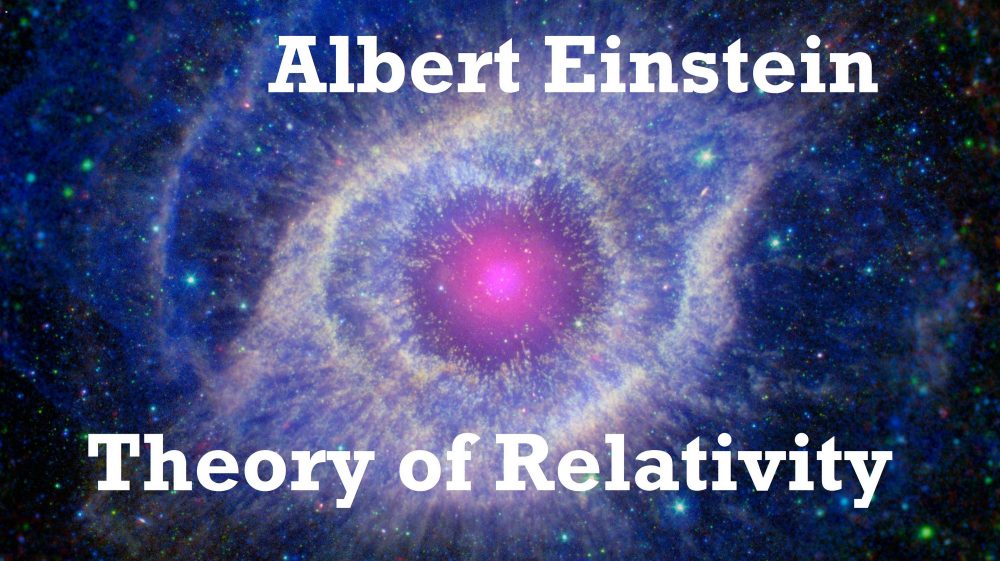
WASHINGTON (TIP): A US company plans to mine asteroids for metals, useful ores and minerals as they hurtle past the Earth using the first rockprospecting spacecraft by 2015. Deep Space Industries says it wants to start sending miniature scout probes, dubbed “Fireflies” , on one-way missions to near-Earth asteroids as soon as 2015. Company CEO David Gump said larger probes , “Dragonflies” , that will bring back 50- to 100-pound samples from prospective targets could be on their way by 2016, CNN reported. The goal is to extract metals, water and compounds that can be used to make spacecraft fuel from the chunks of rock that float within about 50 million kilometres of Earth.
Gump said the ability to produce fuel in space would be a boon for Nasa, as the space agency shifts its focus toward exploring deeper into the solar system. As much as 90% of the weight of a prospective months-long Mars mission could be fuel — and it costs between $5,000 and $10,000 per pound to put anything into space. “If Nasa can launch just the hardware and tank up in orbit, where the fuel is cheap, that means we could get to the Red Planet a lot sooner than we currently expect,” Gump said. It could also allow commercial satellite companies to extend the life of hardware that’s now written off when fuel for manoeuvring thrusters runs out. The announcement comes nine months after the unveiling of a similar project by Planetary Resources , a company backed by investors such as filmmaker James Cameron and Google executives Larry Page and Eric Schmidt.
Meteorite may hold evidence of ‘alien life’
Alump of rock which crash-landed on Earth in a meteorite shower may hold evidence of ‘alien life’ within it, a UK scientist has claimed. The twoinch wide lump of space rock, that fell in Sri Lanka in December, is pitted with microscopic seaweed fossils similar to those found on Earth, said Chandra Wickramasinghe, a former head of Cardiff University’s Centre for Astrobiology who is also known for his controversial theories that life on Earth ‘seeded’ from the outer space. “Our provisional assessment is that it was part of a comet. The stones look extremely unusual, and have a porous structure, with a lower density than anything we have on Earth,” he said.



Be the first to comment